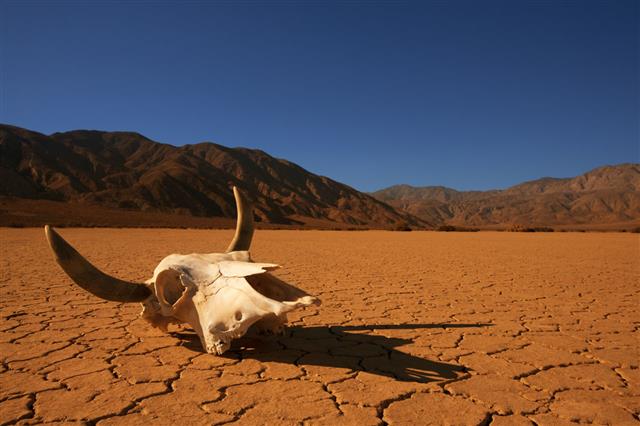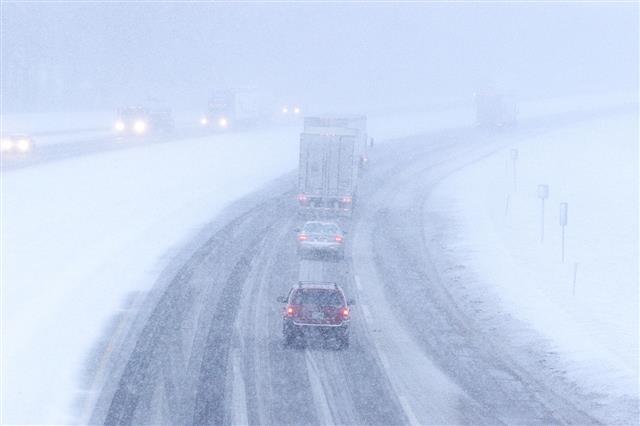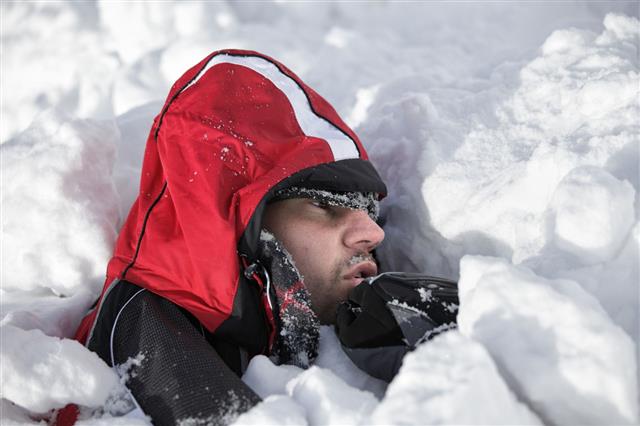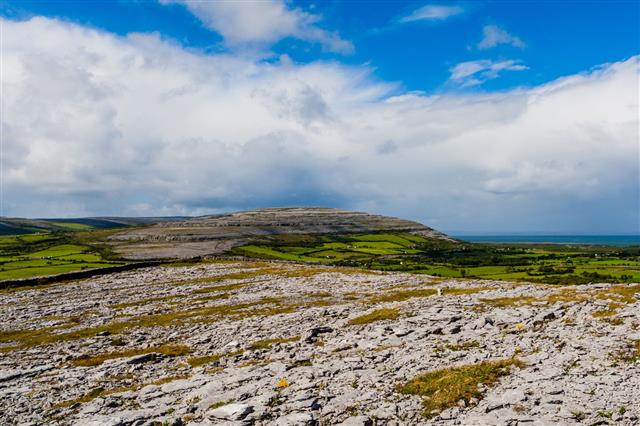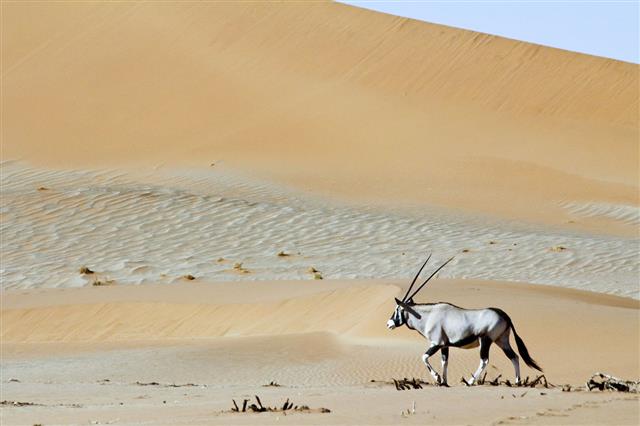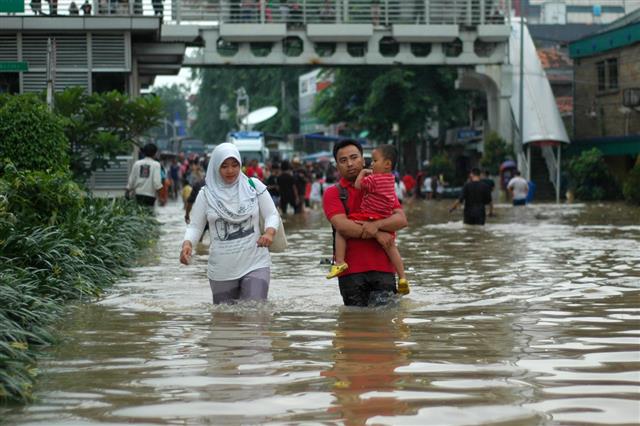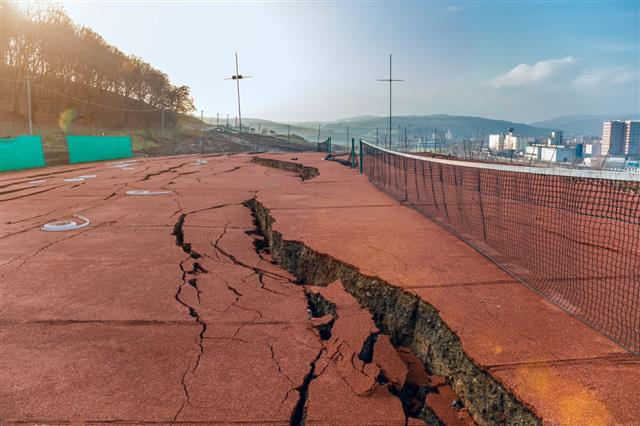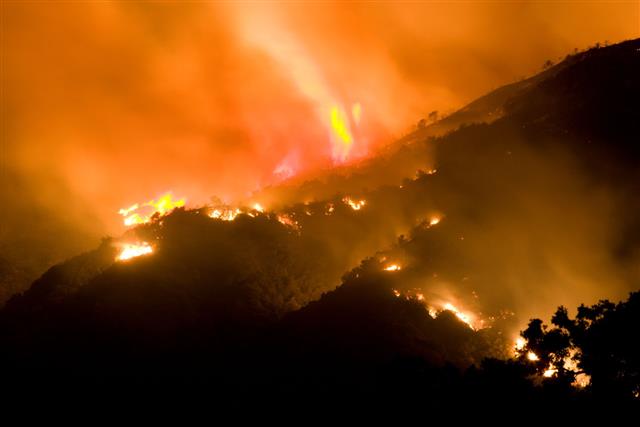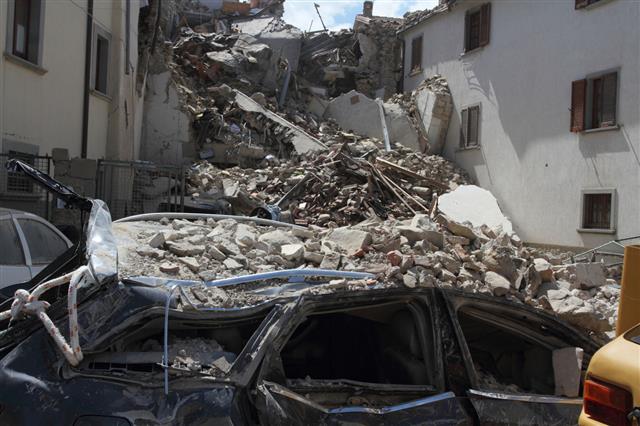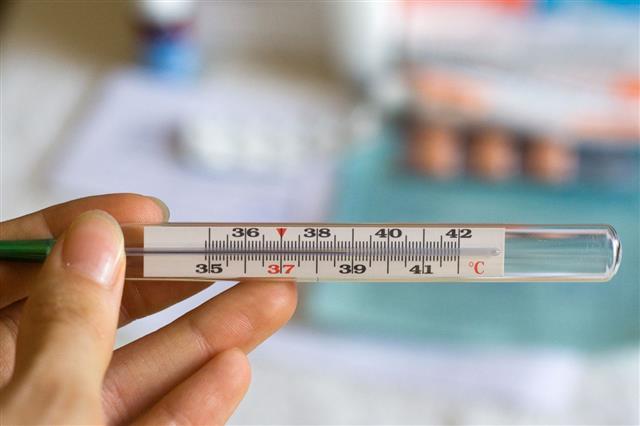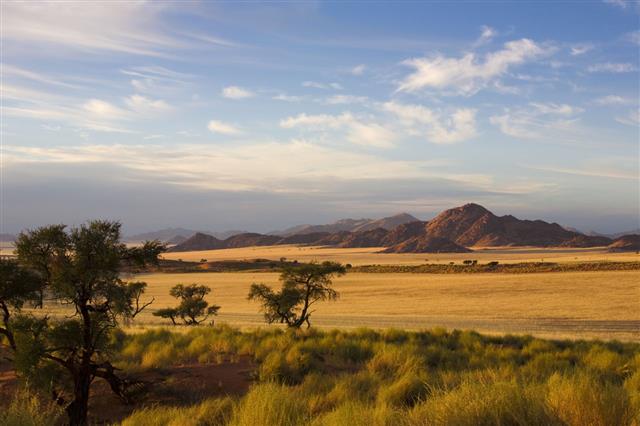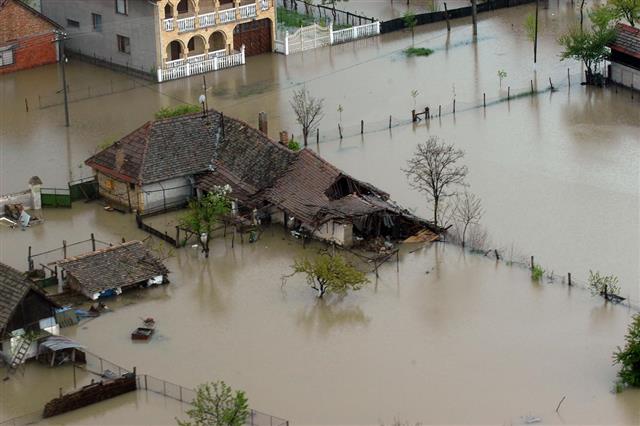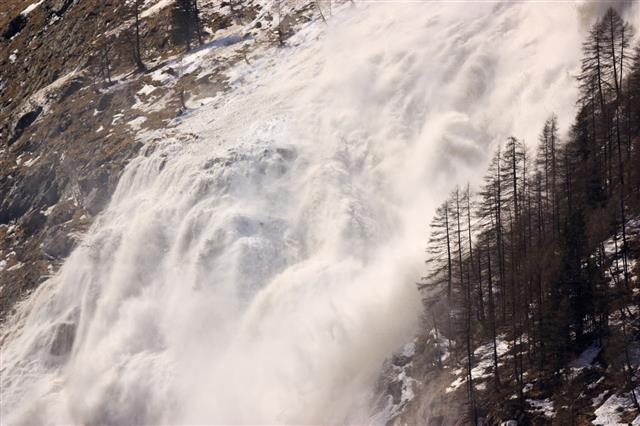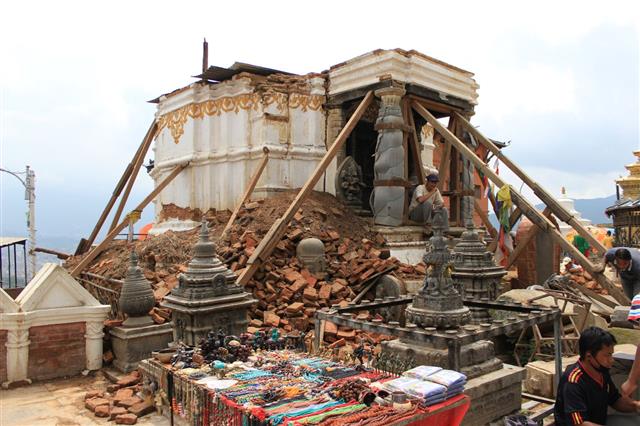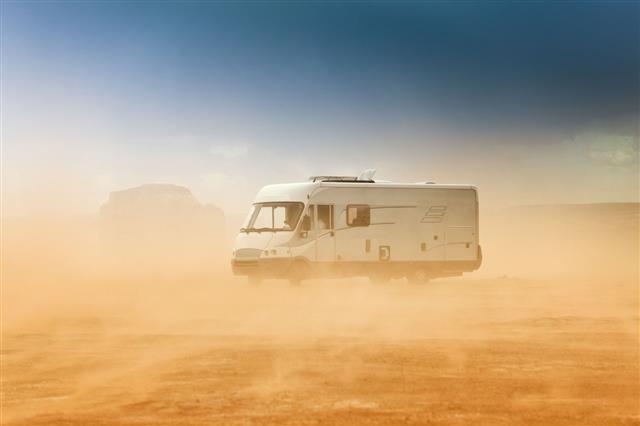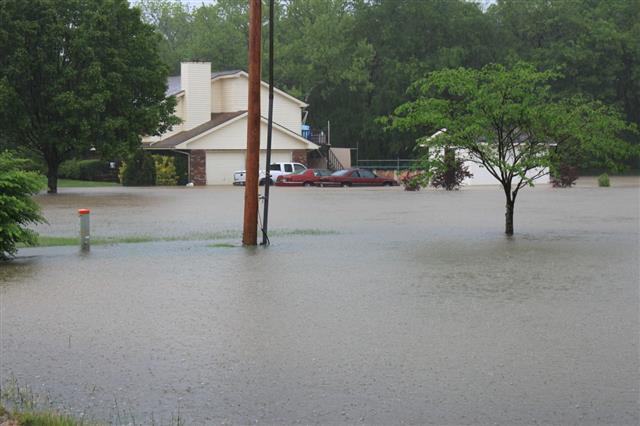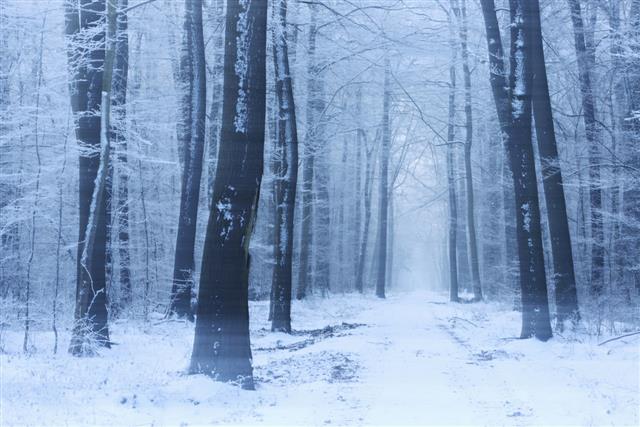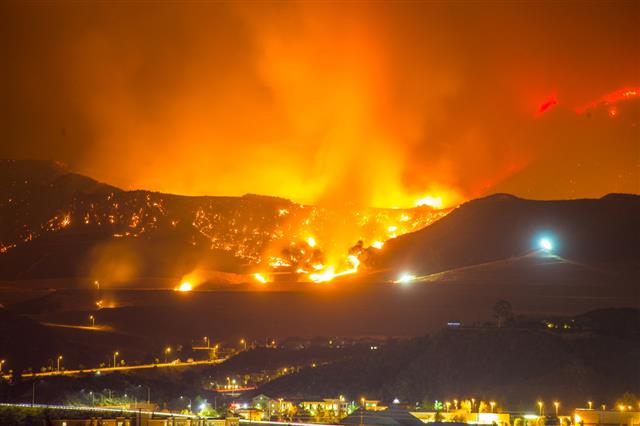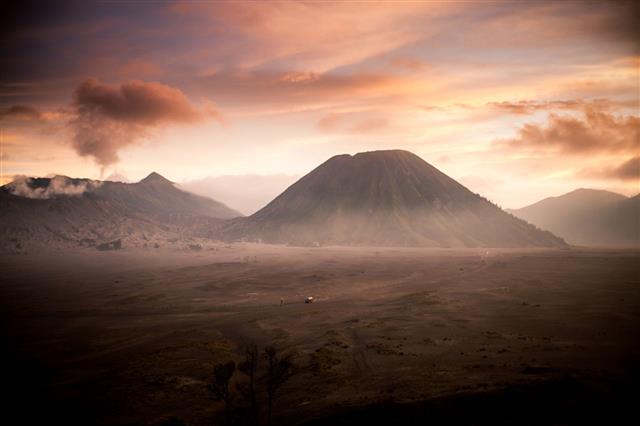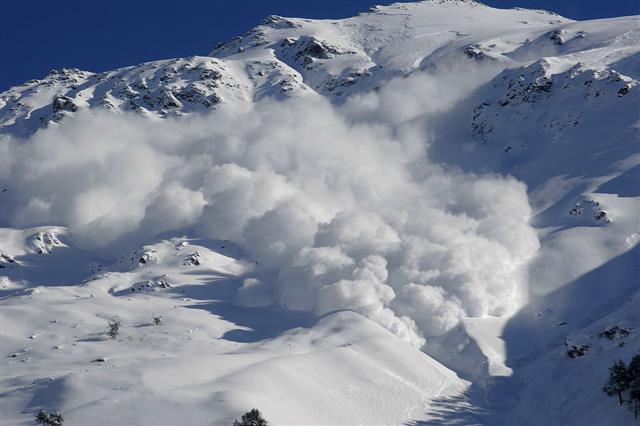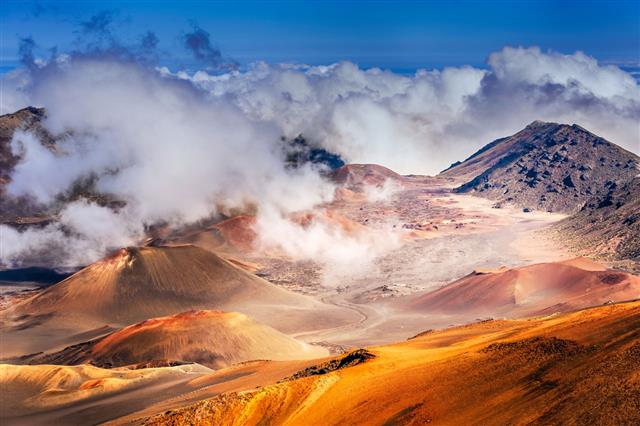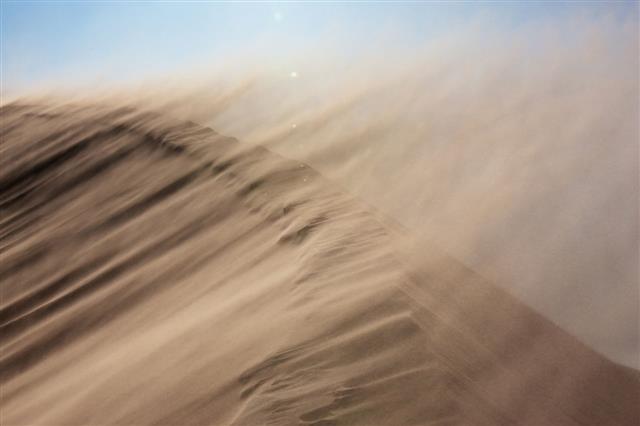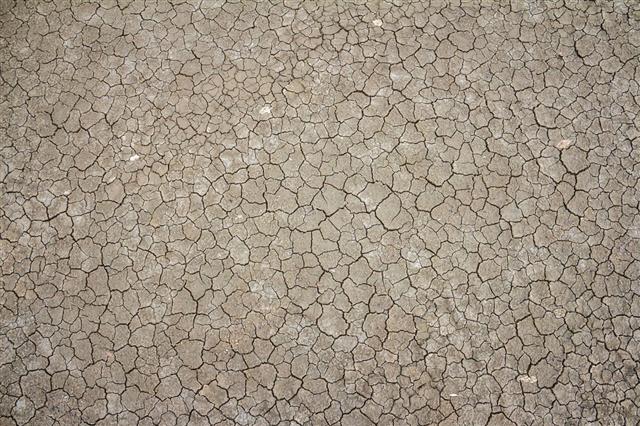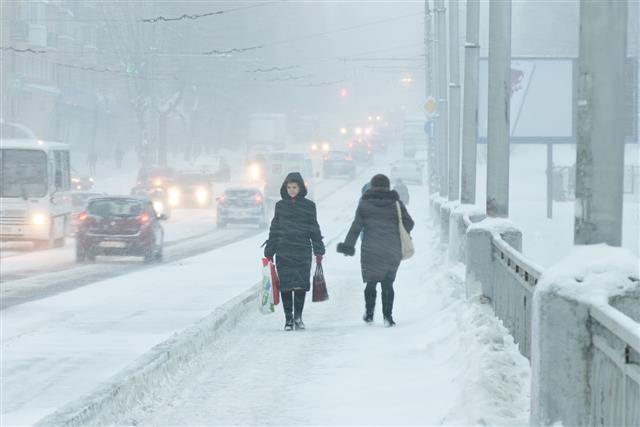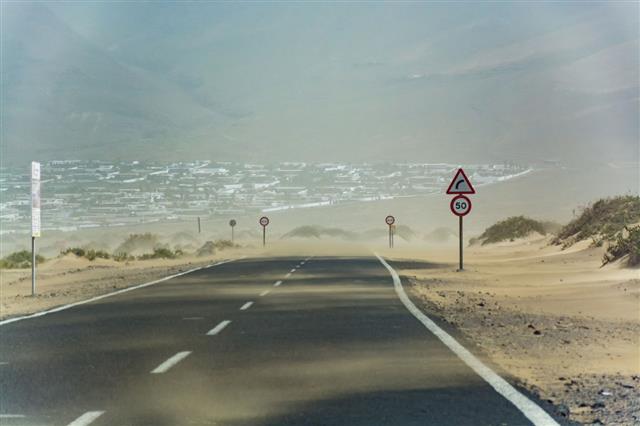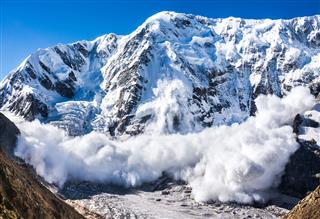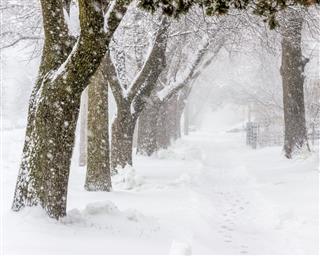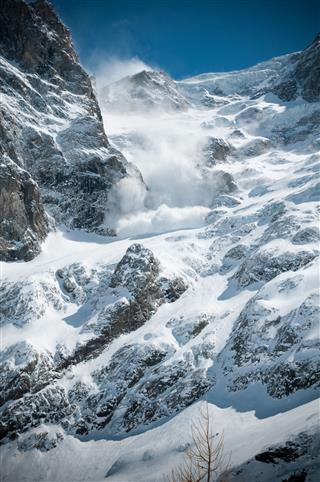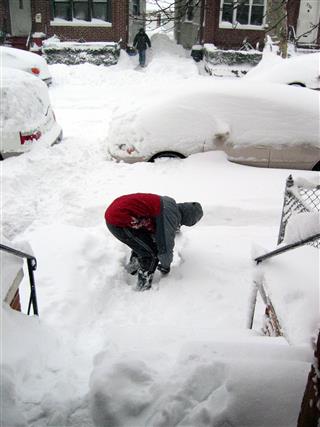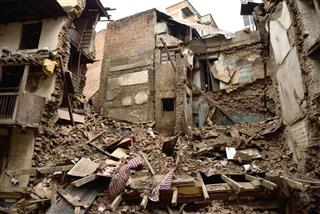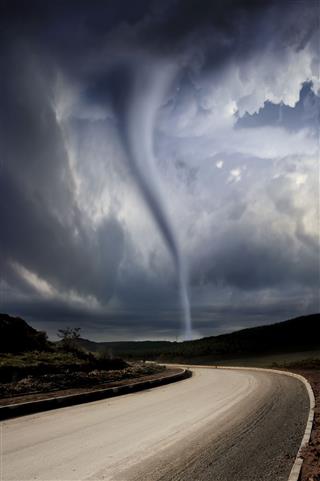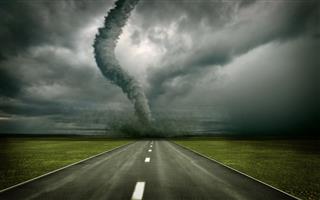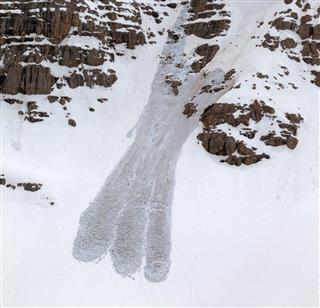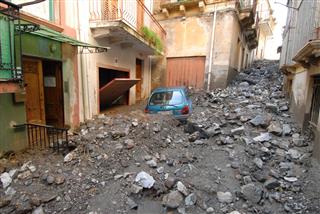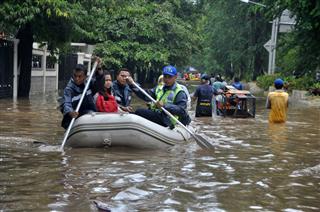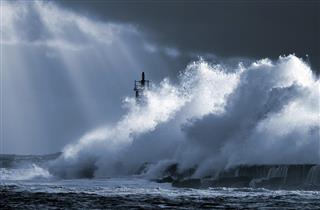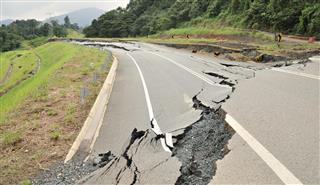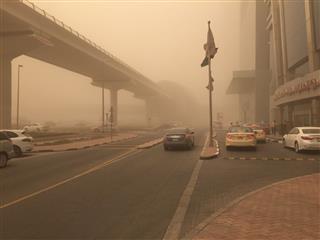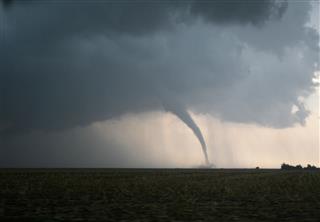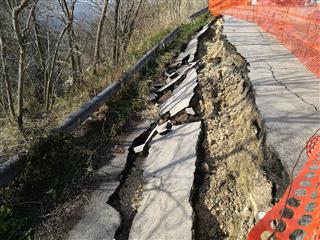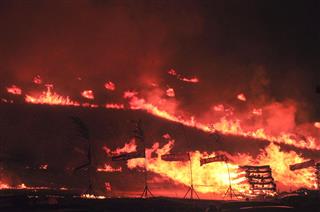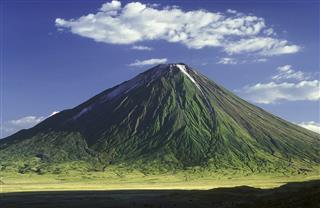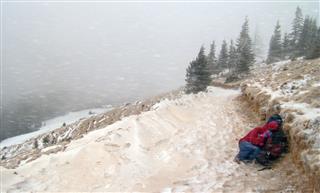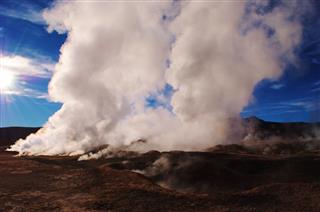
Natural disasters such as hurricanes can be predicted. However, occurrence of an earthquake or a volcanic explosion surprises us. The world has witnessed a number of disasters over the centuries, with some being more devastating than the others. Some last for a few seconds, while some for a few days or even weeks.
A natural disaster is defined as a result or a consequence of a natural hazard, which has a negative effect on human beings. Though some natural disasters are geological, many occur due to the changes in climatic conditions. Some natural hazards that have caused natural disasters are landslides, volcanic eruptions, earthquakes, blizzards, and so on.
List of All Natural Disasters
Avalanche
Avalanches kill an average of 200 people each year. The victims of avalanches are mostly the snow-mobilers, snow-boarders, and skiers. They are snowballs which roll down the mountainside and shatter like a glass. They mostly occur after a heavy snowfall. When the snow piles up quickly, it weakens the layer beneath the snow and causes a fracture. This loosens the snow on the top layer, causing it to slide down the mountain slope at great speeds. A victim caught in an avalanche seldom escapes.
Blizzard
A severe winter storm is known as a blizzard. Strong winds speeds of around 56 km/h or more accompanied by heavy snowfall and low temperatures characterize a blizzard. It lasts for about three hours or more. A blizzard that occurred in 1888 killed over 400 people including around 100 sailors in the northeastern United States. Around 200 ships were wrecked in this blizzard. This blizzard is known as the Great Blizzard of 1888.
Lightning
Lightning is a natural phenomenon that occurs when electricity is discharged between rain clouds and the earth or between two or more rain clouds. Lightning becomes a disaster when it strikes the earth and causes destruction to mankind, buildings and all living things.
Earthquake
An earthquake occurs when the tectonic plates that form the upper crust of the Earth collide or slide against each other. The zone where an earthquake occurs is known as the fault zone. When the tectonic plates collide against each other, the stress is released, and it sends massive vibrations called seismic waves. The magnitude of an earthquake is measured using the Richter scale. An earthquake of magnitude of 5 or more can cause some serious damage in the area.
Famine
Famine is a hazard that is induced by over-population. You may define famine as the shortage of food and clean drinking water. Famine leads to human and animal deaths. The main cause of famine is crop failure due to lack of rain or untimely rain. Other causes could be natural disasters such as floods, earthquakes, and so on.
Flood
A flood is a natural disaster as it results in the death of human beings, animals, and livestock. It can be defined as an event that occurs when the rivers and dams overflow, and thereby submerging the all land that lies near them. The crops are destroyed in the flood, which would gradually result in increased food prices due to food shortages. In case of a flood situation, drinking water becomes scarce, because water gets contaminated. Thus many water-borne diseases also spread.
Hailstorm
You can say, a hailstorm is a precipitation that consists of lumps of ice. Hailstorm is sometimes called freezing rain. The size of the ice lumps depends on the strength of the thunderstorm. It has been observed that a hailstorm in early spring can turn the green grass white. A hailstorm can destroy the crops and harm the livestock.
Heat Wave
When the temperatures soar above normal and if this condition continues for a prolonged period, then it is known as a heat wave. The temperatures that are considered normal in the hotter regions of the globe could be termed as a heat wave in a cooler geographical location. Severe heat waves can lead to crop failures and death of human beings due to hypothermia. Domestic and wild animals also die in a severe heat wave.
Hurricane
Hurricanes are strong winds that develop as a result of low-pressure area in the ocean that later leads to heavy rainfall and thunderstorms. It is also known as a tropical cyclone, tropical depression, and tropical storm. The tropical storms become hurricanes when they reach the speed of 74 miles per hour or more. The deadliest hurricane ever recorded in the US history was the Great Galveston Hurricane that occurred in the year 1900 and claimed about 8000 lives.
Volcano
Volcano is one of the natural disasters which causes destruction to all living beings and plant life around it. When a volcano erupts it sprays out hot gases and molten rocks called lava. There are around 2,500 active volcanoes worldwide.
Ice Storm
A precipitation that occurs at a very low temperature is known as the winter storm. An ice storm is a form of winter storm wherein cold and freezing rain is experienced. Ice storm is a natural disaster, which can cause damages and health hazards to mankind and livestock.
Lahar
Lahar is one of the volcanic and avalanche hazards. A lahar is a pyroclastic flow which is formed from the debris of an avalanche, volcano or a rainfall. They move down the slope of a valley and are hazardous to the people, plants and animals that inhabit such valley. The reason is a lahar has the force to bring along with it boulders, trees and so on. A lahar destroys not only the houses and other buildings but also the crops.
Landslide
When the stability of a mountain slope is destabilized by factors such as erosion, earthquake, volcanic eruptions, and heavy rainfalls, the natural disaster called landslide occurs. A landslide is a natural disaster that uproots the boulders, huge trees, and houses. Landslides that occur due to heavy and continuous rainfall are known as mudslides.
Limnic Eruption
A liminic eruption is one of the natural disasters, which occurs very rarely. It occurs when the lake water rises due to an eruption within the lake. The carbon dioxide displaces water that results in loss of wildlife, humans, and livestock. The lakes that erupt are known as limnically-active lakes. One of the features of a limnically-active lake is carbon dioxide saturated water.
Sandstorm
A sandstorm is also known as the dust storm, which is a strong wind that blows across the arid and semi-arid regions. It causes soil erosion and it occurs due to the poor management of dry land and over-grazing of vegetation.
Tornado
One of the natural disasters caused by weather conditions is a tornado. A tornado is also called a twister. It is a strong and violent wind that swirls in an anti-clockwise direction north of the equator and in the clockwise direction south of the equator. It rotates at a speed of over 450 kilometers per hour.
Tsunami
A submarine earthquake or a volcanic explosion in an ocean creates a set of tidal waves, which rises as high as 50 feet or more is a natural disaster known as tsunami. Tsunami is so powerful that it is capable of killing the residents who reside along the coastal area. The most deadliest and devastating of tsunamis was the Indian Ocean earthquake that occurred in 2004 in Sumatra and Andaman islands, killing around 310,000 people. This all happened within a matter of 10 seconds and the earthquake that triggered this was estimated to have a magnitude of 9.15 on the Richter scale.
Wildfire
Forest fire is also known as the wildfire or a bush fire is a natural disaster caused due to volcanic eruption, arson, or human carelessness. It can be a threat to wildlife and the human habitation close to the forest. It can also produce an ember attack, where the floating embers could set fire to the buildings close to the forest.
Drought
Drought can be defined as a condition of unusually dry climate within a certain geographic region due to lack of annual rainfall. It is a natural disaster, which is hazardous to human beings, because it results in water shortage, causes damages to crops, and an increased death rate of livestock and wild animals. It also results in shortage of electricity. Reports show that many people worldwide die during the time of drought. In drought-prone areas, certain measures such as construction of reservoirs, rain-harvest systems, and stopping over-grazing could be undertaken. Droughts also lead to an increase in food prices and unemployment. The incidents of forest fires are also more at the time of drought. It affects the entire human and animal population of that geographical location. It can last from a few months to even years.
